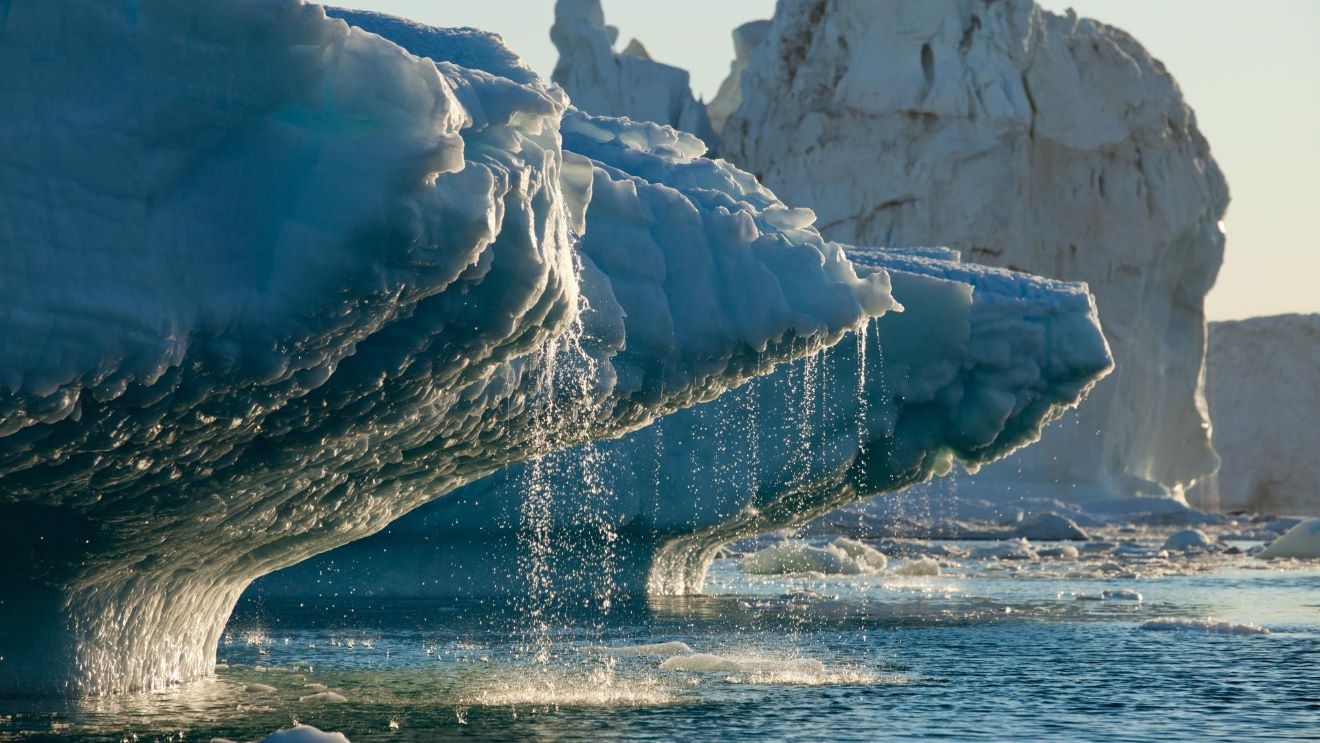
Curiosity about Earth's climatic past often leads us to wonder, when was the last Ice Age? This significant period, known as the Last Glacial Maximum, occurred roughly 26,500 years ago. During this time, vast ice sheets covered much of North America, Europe, and Asia, profoundly shaping the planet's surface and influencing the evolution of life. Understanding this era not only satisfies our curiosity about Earth's history but also offers insights into current climate change patterns. This post will unveil 14 intriguing facts about the last Ice Age, shedding light on its impact and the lessons it holds for us today. From the extent of ice coverage to the survival strategies of ancient humans and wildlife, prepare to journey back in time and uncover the mysteries of a frozen world.
When Was the Last Ice Age?
The last Ice Age, also known as the Last Glacial Period, was a time when massive ice sheets covered significant parts of the Earth. This period shaped much of the planet's current landscape and had a profound impact on the development of human civilization. Let's dive into some fascinating facts about this chilly epoch.
Duration and Timeline
Understanding the timeline of the Last Ice Age helps us grasp its impact on Earth's history.
- The Last Ice Age began around 115,000 years ago and ended approximately 11,700 years ago.
- This period is part of the Quaternary glaciation, which started about 2.58 million years ago.
- The peak of the Last Ice Age, known as the Last Glacial Maximum, occurred around 20,000 years ago.
Ice Sheets and Glaciers
The sheer size and extent of ice sheets during this period were astonishing.
- Ice sheets covered about 30% of Earth's land surface during the Last Glacial Maximum.
- The Laurentide Ice Sheet, which covered much of North America, was over 2 miles thick in some areas.
- The Fennoscandian Ice Sheet covered parts of Northern Europe, including Scandinavia and the British Isles.
Climate and Environment
The climate during the Last Ice Age was vastly different from today's conditions.
- Global temperatures were about 9 to 18 degrees Fahrenheit cooler than present-day temperatures.
- Sea levels were approximately 400 feet lower due to the vast amounts of water trapped in ice sheets.
- Deserts expanded, and many regions experienced drier conditions due to reduced precipitation.
Flora and Fauna
The Ice Age had a significant impact on plant and animal life.
- Megafauna such as mammoths, saber-toothed cats, and giant ground sloths roamed the Earth.
- Many species adapted to the cold climate, developing thick fur and large body sizes to conserve heat.
- The end of the Ice Age saw the extinction of many large mammals, likely due to a combination of climate change and human hunting.
Human Evolution and Migration
The Last Ice Age played a crucial role in human history and migration patterns.
- Early humans, including Neanderthals and Homo sapiens, adapted to the harsh conditions by developing tools, clothing, and shelter.
- The lower sea levels created land bridges, such as the Bering Land Bridge, allowing humans to migrate to new continents, including North America.
A Final Glance at Earth's Chilly Past
We've journeyed through time, uncovering the icy layers of Earth's history. The last Ice Age, a period that shaped continents and influenced the evolution of countless species, including humans, ended about 11,700 years ago. This era, known as the Pleistocene Epoch, was marked by massive glaciers covering vast parts of the planet. Its conclusion ushered in the Holocene Epoch, our current period of relatively warm climate. Understanding this chilly chapter of Earth's past isn't just about looking back; it's crucial for predicting future climate trends and preparing for what lies ahead. As Earth's climate continues to change, the lessons learned from studying the last Ice Age become ever more relevant, guiding us toward a sustainable future. So, let's keep digging into our planet's fascinating history, for it holds the keys to navigating our present and future.
Was this page helpful?
Our commitment to delivering trustworthy and engaging content is at the heart of what we do. Each fact on our site is contributed by real users like you, bringing a wealth of diverse insights and information. To ensure the highest standards of accuracy and reliability, our dedicated editors meticulously review each submission. This process guarantees that the facts we share are not only fascinating but also credible. Trust in our commitment to quality and authenticity as you explore and learn with us.


